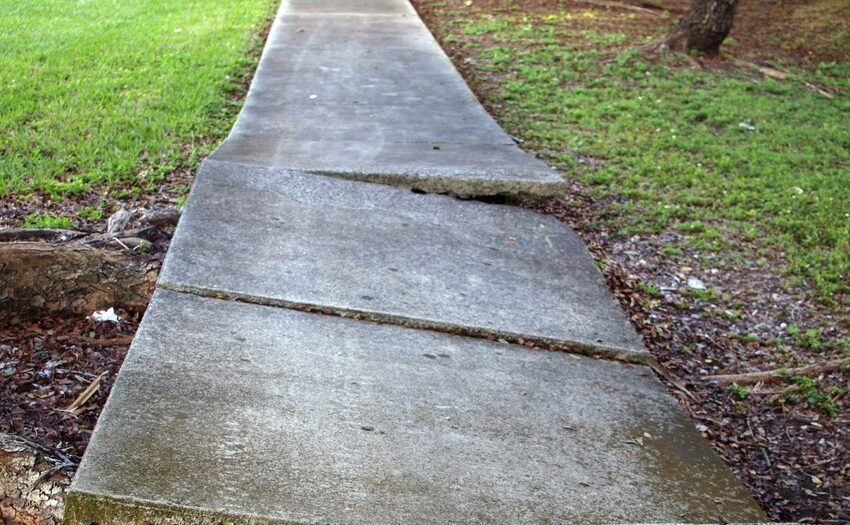Many organizations choose to buy Refurbished Servers to optimize their IT budget—but unlocking their full potential requires smart, well-planned upgrades. Whether you’re aiming for improved speed, more storage, or better virtualization performance, upgrading a refurbished server can yield powerful results at a fraction of the cost of new equipment.
This blog walks you through the best upgrade strategies to maximize performance, reliability, and ROI from your refurbished server investment.
1. Upgrade RAM for Faster Processing and Virtualization
Memory is often the most impactful and cost-effective upgrade. If your refurbished server came with the minimum RAM for your use case, consider:
- Expanding to full capacity for your motherboard model
- Choosing ECC (Error-Correcting Code) RAM for enterprise stability
- Matching module specs (speed, rank, voltage) for compatibility
More RAM allows smoother multitasking, improved virtual machine (VM) performance, and faster application response times.
2. Add SSDs or NVMe for Dramatic Speed Gains
Most refurbished servers support traditional SATA hard drives, but upgrading to solid-state drives (SSDs) or NVMe-based storage will significantly boost I/O performance.
Upgrade suggestions:
- Use SSDs for the OS and frequently accessed apps
- Deploy NVMe drives for virtualization, database workloads, or file servers
- Configure RAID 1 or RAID 10 for speed + redundancy
Storage upgrades can transform a mid-tier refurbished server into a powerful, high-speed asset.
3. Upgrade CPUs If Socket and Power Allow
If your server’s motherboard supports CPU replacement, upgrading to higher-core processors or faster clock speeds can elevate compute performance—ideal for virtualization, rendering, or AI workloads.
Before upgrading:
- Check CPU compatibility with the existing socket and chipset
- Confirm thermal design power (TDP) limits
- Update BIOS to ensure new CPU support
Many vendors offer refurbished CPUs as well, making it a cost-efficient way to improve performance.
4. Install GPU Cards for Specialized Workloads
Some refurbished rack and tower servers come with PCIe slots that support GPU integration. Adding a workstation or data center-class GPU enables:
- AI/ML processing
- Video rendering
- GPU passthrough for virtualized environments
Ensure proper airflow and PSU wattage before adding high-powered cards like NVIDIA Tesla or Quadro units.
5. Boost Network Throughput with NIC Upgrades
Out-of-the-box, many refurbished servers come with 1GbE NICs. For modern use cases, upgrading to:
- 10GbE or 25GbE NICs
- Dual or quad-port network cards
- Fiber transceivers for SAN connections
…can dramatically improve performance for file transfers, VM migrations, and clustered applications.
6. Replace Power Supplies for Better Efficiency
If your server has older or non-redundant PSUs, consider:
- Replacing with 80 PLUS Gold or Platinum rated units
- Upgrading to dual-redundant PSU configurations
This not only improves uptime but also reduces long-term power costs—important for dense rack environments.
7. Keep Firmware and BIOS Updated
Firmware is often overlooked. Always:
- Update BIOS and system firmware
- Ensure RAID controller firmware is current
- Use manufacturer tools (e.g., HPE iLO, Dell iDRAC) for patching
These updates help avoid performance bottlenecks, security issues, and compatibility problems during future upgrades.
Final Thoughts
A refurbished server is more than a budget solution—it’s a flexible, scalable foundation. With targeted upgrades in memory, storage, compute, and networking, you can stretch its potential to match (or even outperform) many new systems.
Maximize the value of your investment today. Whether you’re scaling up for virtualization, expanding workloads, or future-proofing your infrastructure, now is the right time to buy Refurbished Servers and customize them for peak output.








